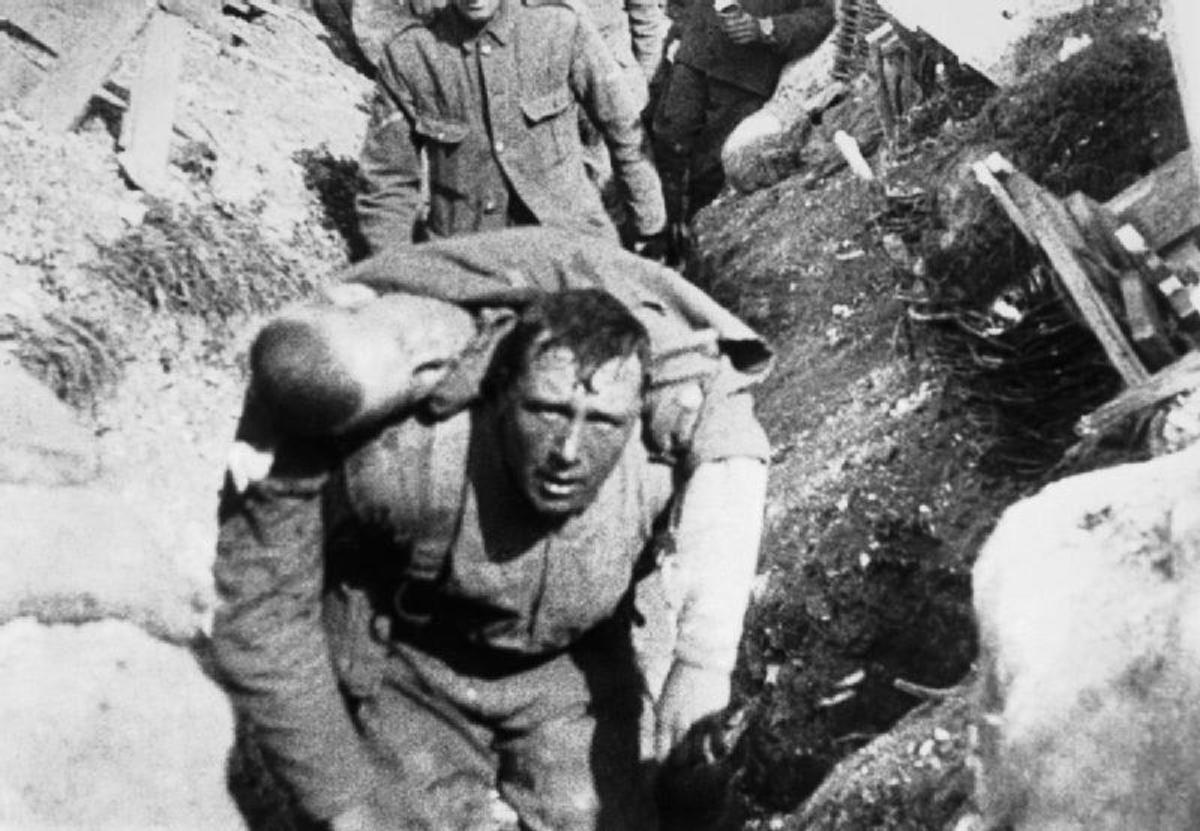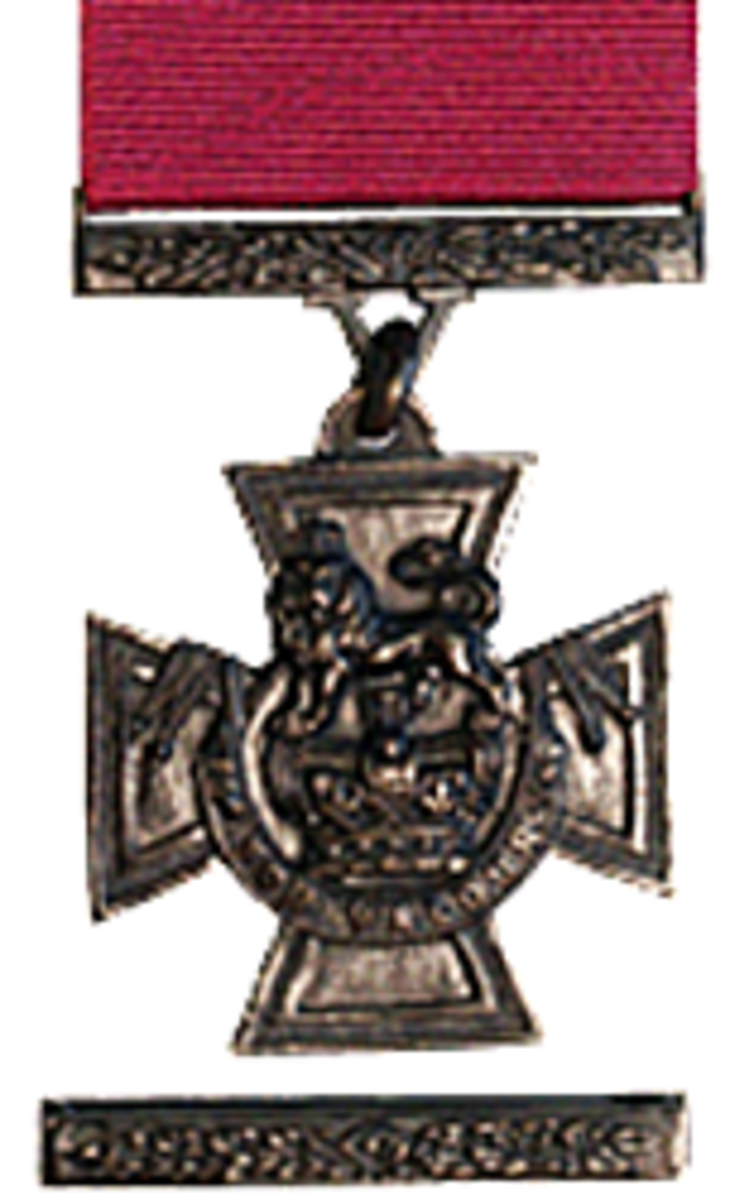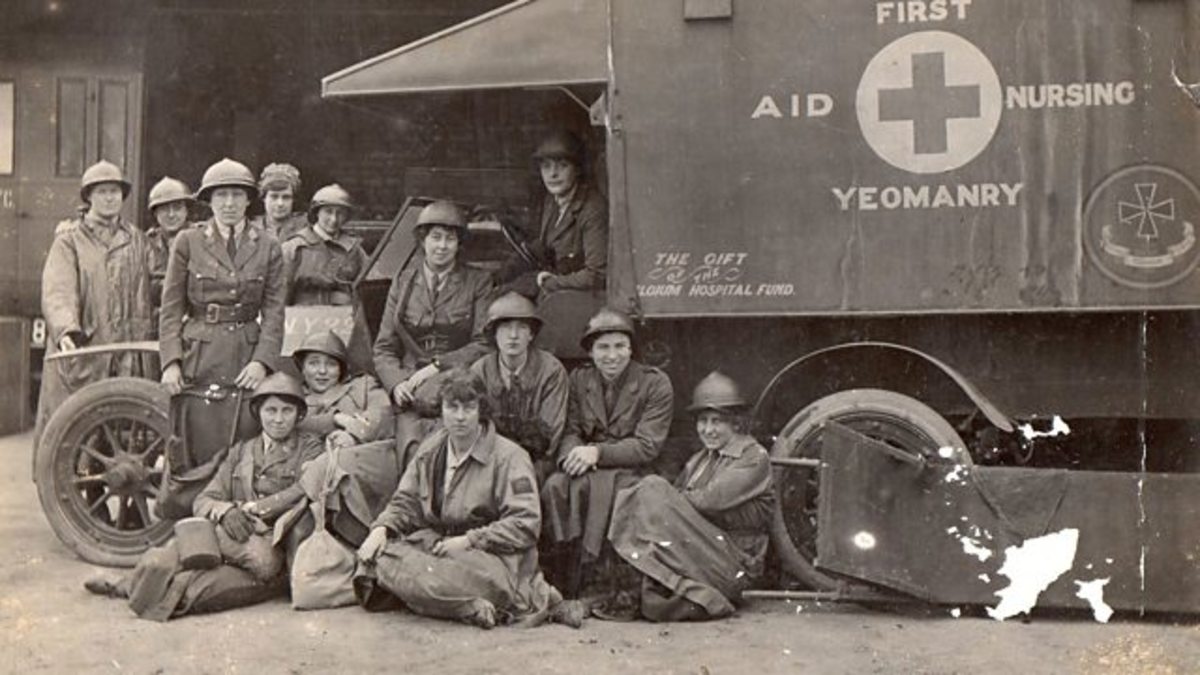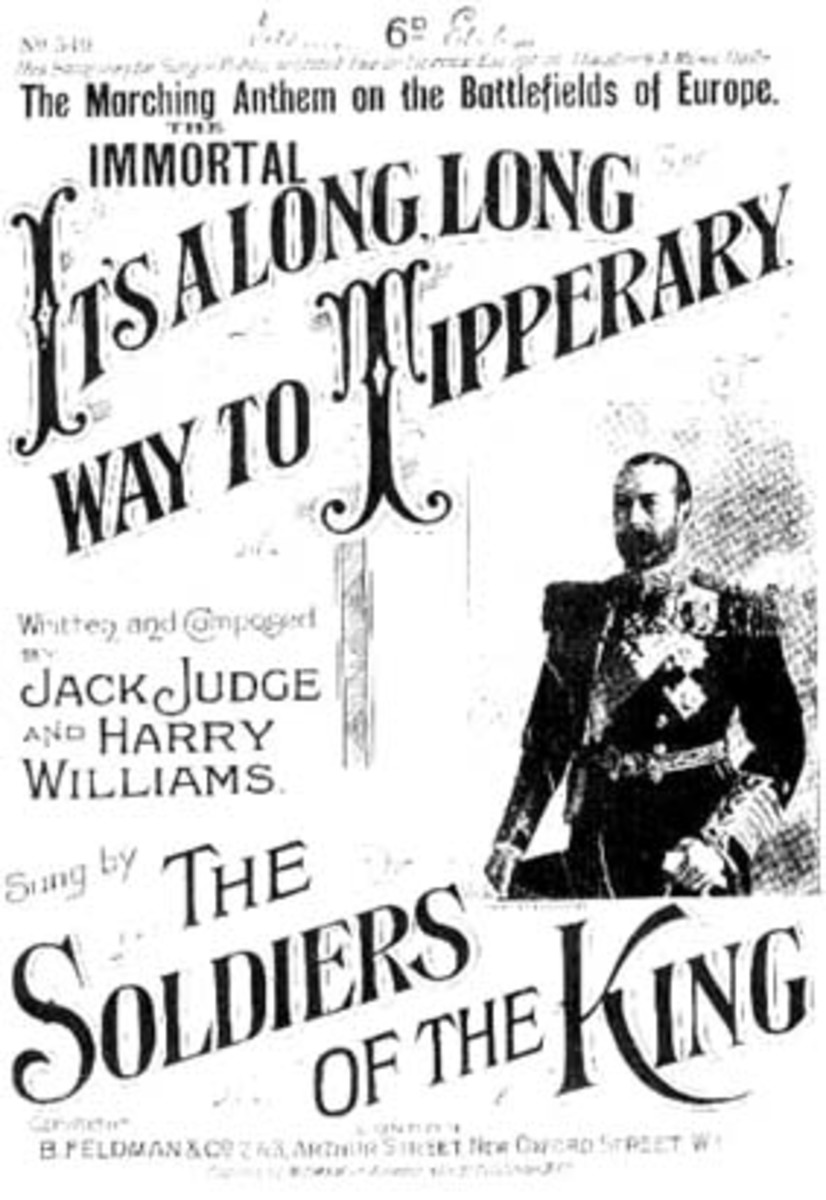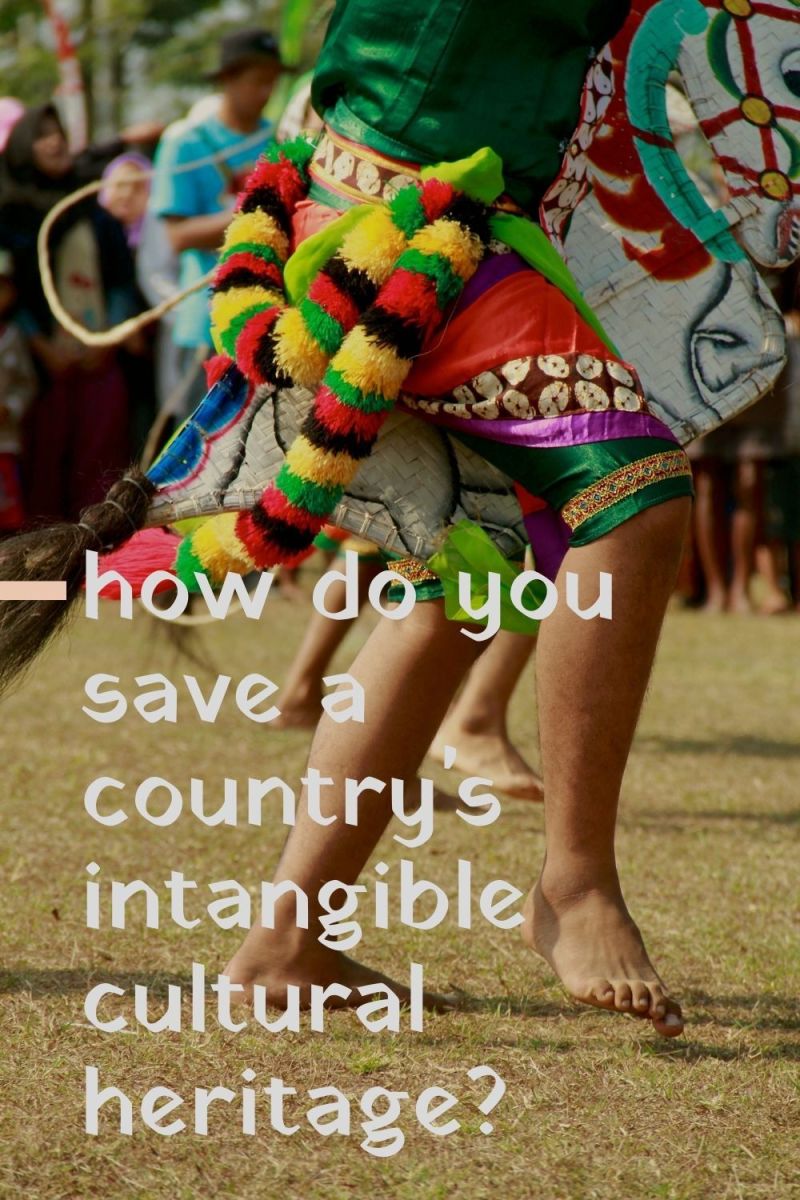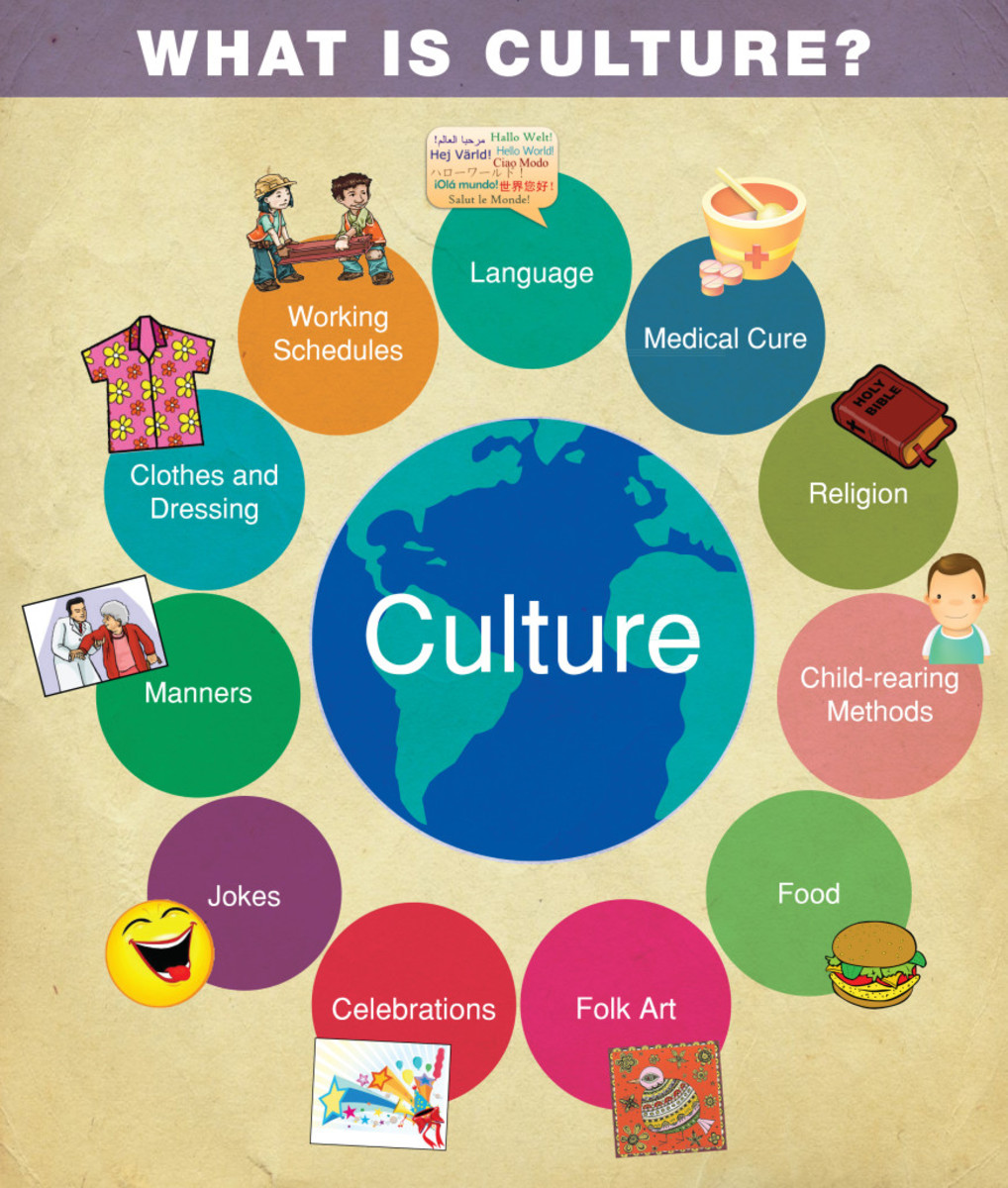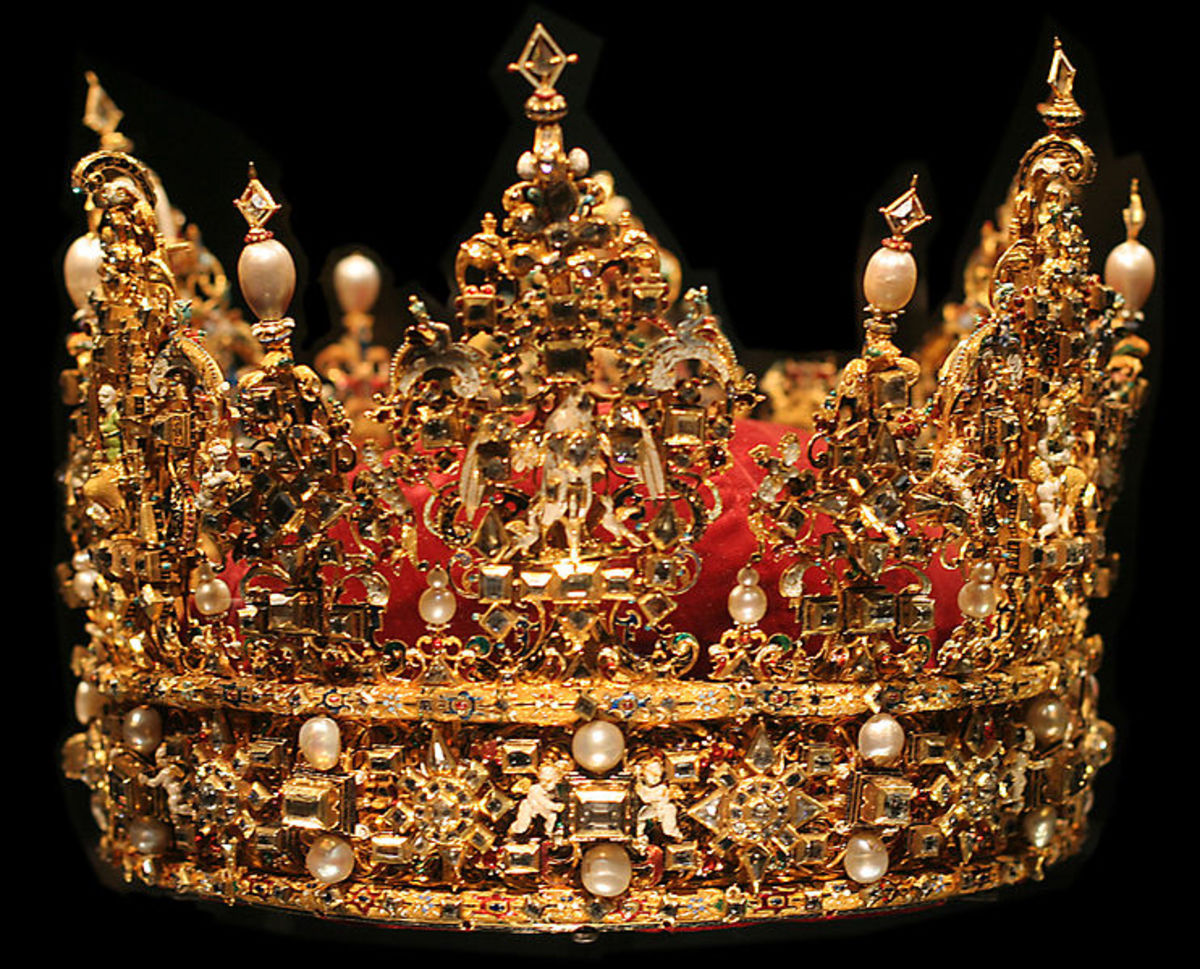Science and Psychology of Music and the Making of War Time Songs
Music Has Always been a Symbol of the Culture of People
Music, has for thousands of years, been a symbol of the culture, the psychology, and the beliefs of the people at that particular time. Rhythms and musical beats can be traced back to ancient times, when Pythagoras of Greece studied music. We know music existed in Biblical times, and we can find music in every society, in every generation.
We can learn a lot about the past when we listen to that time period’s music. Looking at war time songs gives us a snapshot in history of the era, the emotions of the time, and the political climate that existed. War is terrible, but it is a part of our history. Music is a powerful entity, and strongly influenced how people felt during these historic times.
How Does Music Evoke Feelings?
Music evokes feelings, affects our mood and touches our inner spirit. Modern science believes music is hard wired in us, since we have a natural ability to make and appreciate music. Studies have been done that showed babies responded more strongly to music that was played while they were in the womb, a year before, than any other music they hear. This may mean there is something about music that remains in our memory. What we do know, is music builds up images in our minds.
Every era of time and each culture of people have some type of music that is an integral part of their society. Human beings are the only known species to move spontaneously with a musical beat. Something within us synchronizes to the rhythm and sounds we hear. Science tries to understand the connection between the motor auditory, and emotional systems in our brains. Music has been shown to help those with Parkinson’s disease to motivate coordinated movements.
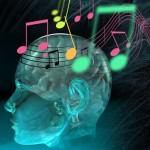
Music Triggers Memories
Music is amazing. It affects our moods and evokes emotions within us. Yet, just how this affects the brain is a mystery to science. Emotions are connected to thought. Thoughts are connected to learning. Learning with regard to the brain is connected to building new neural pathways and networks.
The brain is very elastic. It’s plasticity means it can change and be altered by our experiences and exposure from our senses. Perhaps, from this, we can infer that music, builds new brain cells, which helps us learn and remember. Because music has an emotional component to it, it makes it easier for us to learn, respond and remember the sounds we hear. Emotions evoke a response within us, especially as it triggers a memory. Recalling information brings up more conscious thoughts. Our conscious thoughts influence how and what we learn and helps us retain data in our long term memory.
Many Areas of the Brain are Used When We Hear Music
Listening and appreciating music is a complex process involving our sense of hearing, learning, emotions, and memory. Science still has much debate about how we process music. Some researchers believe we process music on the right side of our brains, some believe it is the left side. What science has seen, is when there is damage to the temporal lobes, people develop amusia, but it doesn’t affect speech or hearing, or even other sounds. Amusia is a condition in which people have difficulty singing songs, or playing instruments, or keeping a rhythm.
An EEG (electroencephalogram) measures brain waves. EEGs have shown both sides, right and left hemispheres of the brain respond to music. When a study was done recording brain activity from the temporal lobe, different music had different effects on the neurons in this part of the brain. Some of the electrical impulses in the neurons kept time with the rhythm of the music.
Still science doesn’t know how the brain utilizes an appreciation of music. It is a fact that music stimulates emotions. Using fMRIs, a study was done where people were shown sad and fearful photographs. Some were shown while appropriate mood music played, some were not. The study clearly demonstrated that there was a substantial increase in emotions when the music was played. The fMRI imaging showed an increase in auditory, visual, and emotional processing in the brain. Many areas of the brain that are without a doubt, known to be associated with emotions showed increased activity. With the people who were only shown the picture, only the cognitive part of the brain showed an increase in brain activity.
Music Magnifies Our Emotions
In other studies, researcher found that music magnified our emotions. When people looked at happy pictures with happy music, happy faces seemed even happier. Sad faces with sad music made even a frown seem more melancholy.
Our limbic system gets activated from music. The limbic system is the part of the brain that is associated with processing emotions and memories. When this area of the brain gets activated from pleasurable things, it releases endorphins. Endorphins are hormones that create a calming and even eurphoric effect that bring about many positive feelings.
Science is discovering many positive effects from music including:
- Repairing brain damage - people with left side brain damage, who were not able to speak, can sing without being trained to do so. From this, the patients can learn to speak in simple sentences. It is called melodic intonation therapy and it gets people to sing until they can talk. Medical science thinks because language comes from the left side of the brain and music is from the right, the brain can be trained to move the functions to the non damaged right side of the brain.
- Boosts the immune system - by lowering your stress levels, and creates more antibodies to fight disease.
- Music can help get rid of an addiction by creating a distraction from the symptoms of withdrawl and creating a relaxing affect. It is believed the chemicals produced in the brain, from listening to music can help alleviate and leave the person in a calmer state of mind.
- Working with Alzheimers patients, music has been found to help recover some lost memory. Music engages many areas of the brain, one of them being the hippocampus, which has to do with long term memory. Songs activate this area of the brain, and may trigger a memory from long ago.
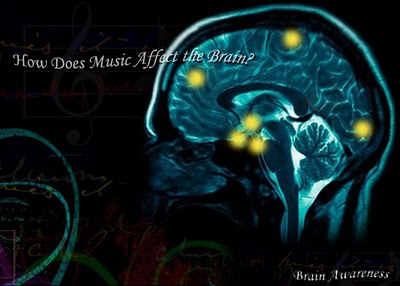
Science Learned Music Helps Healing
Music seems to be part of our genetic wiring. Neuroscientists know there are specific cells in the right hemisphere of the brain that respond to melody more than to language. Science is beginning to understand that learning occurs within the sensory systems.
Music has no known origins, but history shows us, it was used in ancient ceremonies for healing and religious purposes. Long ago, they would dance to music to exorcise disease and help promote healing. The Kahum papyrus is the oldest known written text from ancient Egypt on how to treat ailments and diseases, mentions incantations. Music, it was believed back then, would restore harmony and balance to the body and promote better health.
Towards the end of the 1700’s scientists started to study the effects of music on the human body. A correlation was recognized between heart, pulse and breathing rate, and even fatigue. By the end of the 1800’s researchers started to realize there was a relationship between music and emotions.
Music therapy started to develop in psychiatric hospitals, in large part as an effect from wars. Wars have always had a big influence on bringing mental illness to the forefront of being noticed. Wars also have been credited with creating strategies to combat the mental illnesses soldiers suffered. From the civil war, the field of neurology started to develop. World War I initiated group therapy and the idea of using music in hospitals. In observing WW I soldiers in the hospital, it appeared they recovered from their injuries faster with physical therapy. Music was used with movement and exercise. Singing increased lung and larynx to promote healing. Many of these methods are still used today.
When phonographs were brought in hospitals, veterans became more relaxed. Doctors noticed the patients needed less medications, and were more relaxed overall. The same observation was noticed by dentists.
Music Therapy Became an Established Profession
During the 1930’s music therapy was starting to be used to modify moods.
By World War II, music took on a greater role in the hospitals by helping soldiers heal in their recovery process. Music officially became a therapeutic tool in medicine. Near the end of World War II, musicians were brought into the hospitals to work with patients. They established music therapy as a profession.
In 1952, researchers noticed music increased alertness and attention span. They saw music had the ability to modify moods, and relieve tensions. The positive effects of music opened up a way for self expression and increased their socialization. Muscles would be stimulated from the rhythmic beat of music, and inspire patients to move. This would refocus their attention away from their own inward thoughts and direct them more to the events around them. They also saw that different types of music evoked different emotional responses. Music has the ability to inspire creativity, spark our imaginations, and trigger memories. This opens the way for people to express unconscious feelings and repressed emotions.
In 1968, music therapist were using melodies to increase self esteem and help re-create interpersonal relationships.
Collection of Some War Songs by Pete Seeger
Music and the War
Music also played an important role in the U.S. military history. Many famous and enduring tunes were inspired by the devotion to their cause, in defiance of their enemies, and a motivation to endure. Songs have a universal spirit to them, that has an ability to unite and strengthen the bonds we share. The many war songs that have been written and sung over the United States history, have influenced a sense of patriotism, and motivation for love of country and pride in our nationality, and created a sense of unity. The essence of music is powerful. The mere fact that we can create music, and appreciate it, is perhaps one of the greatest gifts mankind can possess.
During the Revolutionary War, “Yankee Doodle" became a motivating song for the soldiers. The tune, “Yankee Doodle" was originally created by British soldiers who sang about the backwards nature of Americans during the French and Indian War. England called Americans, Jonathans, and yankee is probably a derivation of the Dutch word, jankee, which means little John. Some legends say the song was originally called “Nankee Doodle”, written as a nursery rhyme to ridicule Oliver Cromwell of England, and changed during the French and Indian War. In either event, the Americans adopted this tune as their own during the Revolutionary War, and it became a motivating melody for the troops.
Billy Boy written during the War of 1812
Music and the War of 1812
The War of 1812, inspired our National Anthem, “The Star Spangled Banner”. The tune was first written around 1780 in England, called “To Anacreon in Heaven” as a tribute to The Anacreontic Club, where wealthy men celebrated food, drink, and music. Francis Scott Key adopted this tune in 1814, after he saw the American flag still flying over Fort McHenry, after it was bombarded during the War of 1812. It was published in 1815 as “The Star Spangled Banner”. It became the official national anthem of the United States in 1931. There were many songs created during the War of 1812, “Billy Boy” is another well known tune. The idea of national anthems started in England in the middle of the 18th century. Spain and France adapted their national anthems in the latter part of the 1700’s.
Tunes from the Civil War 1860-1865
Music and the Civil War
During the Civil War, music had a big impact on the soldiers. Drums, fifes, harmonicas, Irish harps, and fiddles were often played by the troops. The songs were often written to inspire patriotic feelings among the civilians and the soldiers. Some were written to tell a story, or to express feelings about the soldiers being far away from their loved ones. Some tunes were meant to be humorous, or to drink to, in order to pass the time. Some songs have the same tune, but different lyrics because they were sung by both sides. Famous songs include:
“When Johnny Comes Marching Home Again” (which was sung by both sides), and “Battle Hymn of the Republic”
World War I Music - "Over There"
World War I and World War II
In World War I, and World War II, music was used as propaganda to inspire pride and patriotism to gain support for the war. Music during this time period influenced political and social attitudes, and even shamed people who didn't back the war. Songs were used a medium to carry messages and relate the emotional sentiments during the war.
The Korean War did not have as many memorable songs, but the sentiment from the music of that time represented not quite as much patriotism as the World Wars, and not yet as much anti war sentiment as would be seen during the Vietnam War.
Medley of World War II Songs
Vietnam War
Vietnam War
In the Vietnam War, music became an expressive form of protest. Because music is versatile and adaptable, it can motivate and inspire feelings in ourselves and others.The music of the 1960’s and 1970’s created an atmosphere of social change through the messages and meanings of the lyrics. There were so many famous artists and songs that came out in protest of the war. The anti war sentiment was a dominant and constant feeling during those war years and the music reflected that sentiment. This music was created by a generation who would not sit idly by and obey the government. The collective consciousness and social climate of the time set the tone that there were many who disagreed with the government’s choice to be in Vietnam.
Since the Vietnam War, many songs have been written to protest the Gulf War and Iraq War, and their message is symbolic of the times and the sentiment of the people. Music says a lot about our history and ourselves. Music through the generations has left a lasting legacy that helps us understand that era
The Ability to Create and Appreciate Music is a Gift
When people react to music by singing along and dancing together, it becomes a shared experience. Music is a dynamic interaction, more than any other creative or artistic influence. Music has the ability to permeate our soul, inspire us in ways that make us feel good, and ignite a spark that connects us to each other. Music helps us reach beyond ourselves, it helps us feel and do. Science is still trying to understand how music affects us psychologically, and biologically. The ability to create and appreciate music might just one of the greatest gifts we have of being human.


